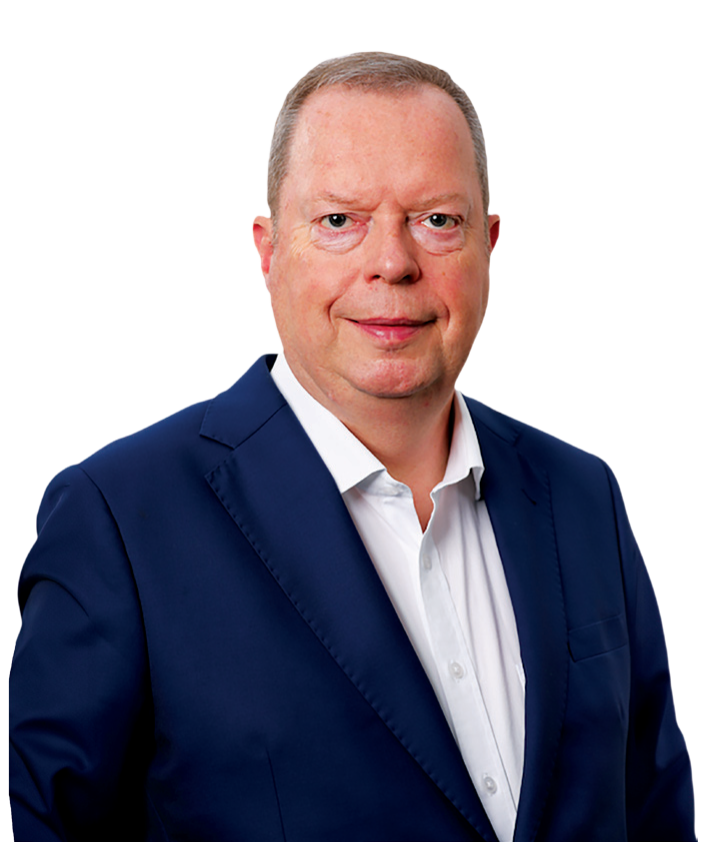RIYADH: In a world increasingly marred by environmental challenges, there is a dire need to stabilize greenhouse gas concentrations in the atmosphere that will prevent the outbreak of war between man and nature.
To enable low-carbon, climate-resilient development in the region and promote collaboration between organizations, the Middle East and North Africa Climate Week 2023 is taking place in Riyadh from Oct. 8-12.
The event is hosted by the government of Saudi Arabia and organized by the Ministry of Energy and the Secretariat of the UN Framework Convention on Climate Change.
In 2022, global investment in the energy transition grew by around 70 percent compared with the level before the pandemic, according to the UN Framework Convention on Climate Change report released in September.
However, despite accelerated current deployment rates, annual global additions to renewable energy power and their related investments need to grow significantly by 2030 in order to stay on the pathway to limiting global warming to 1.5 degrees Celsius.
Economist Talat Hafiz told Arab News: “It is worth noting that the World Bank Group has drawn a roadmap for climate action in the MENA region which will run from 2021-2025, aiming to drive climate action and green recovery in the region.”
The WBG’s roadmap outlines four key transformations: food systems, water security, and resilient natural capital; energy transition and low-carbon mobility;, climate-smart cities and resilient coastal economies; and sustainable finance for climate action.
“I believe the difficulty attached to these initiatives is the financing part and requires strong willingness to achieve such goals,” said Hafiz.
Access to affordable finance for renewable energy was mentioned as a key barrier at COP27, and it was highlighted that concessional and grant finance is also needed, notably for developing countries.
Hafiz added: “However, despite such difficulties, Saudi Arabia has proven to be among the countries in the world that is spearheading taking serious actions to deal with adverse effects of climate change.”
Saudi in spotlight
Saudi Arabia Vision 2030 includes supporting promising sectors and fostering their success so that they become new pillars of the economy, as well as working towards localizing renewable energy in the manufacturing sector.
The Kingdom has pledged to achieve net-zero emissions by 2060, and in order to hit this target it has undertaken $1 billion of climate change initiatives, including working towards a regional carbon capture and storage center, an early storm warning hub, and cloud seeding programs.
Saudi Arabia has set the bar high in its efforts to cut emissions, announcing a carbon-capture target of 44 million tons a year by 2035.
The Royal Commission for AlUla is participating in MENA Climate Week 2023 to highlight its role in protecting the natural environment and promoting sustainability as stipulated in its sustainability charter. Experts in relevant fields will discuss policies and possible solutions to curb climate change and mitigate its effects.
Path to Sustainability
Throughout MENA Climate Week 2023, attendees will witness remarkable success stories and innovations that have the potential to revolutionize the energy and industrial sectors.
The event radiates a commitment to overcome hurdles, whether financial, technological, or capacity-related, with a focus on the utilization of mechanisms and regulatory frameworks for a sustainable future.
One energy source increasingly being seen as key to helping reduce harmful emissions is so-called green hydrogen.The fuel emits water vapor instead of the toxic waste associated with coal and oil.
Saudi Arabia is seeing one of the world’s largest green hydrogen plants being built in NEOM, the $500 billion giga-project.

Peter Terium, CEO of ENOWA. (Supplied)
Peter Terium, CEO of ENOWA – the energy and water company founded in NEOM – identified the fuel as integral to its aim to create a sustainable economic circular system for the giga-project..
“Green hydrogen has huge potential,” he told Arab News, adding: “Made entirely from renewable energy sources, it can be a key driver for decarbonization, particularly in regions with abundant sunlight and wind.”
Terium went on to point out that ENOWA represents NEOM, which is the principal shareholder, in the green hydrogen plant in an equal joint venture with Air Products and ACWA Power.
The facility will be able to produce 650 tons of green hydrogen per day.
The executive said: “Our innovative solutions will help position the region and Saudi Arabia more specifically as world leaders in pioneering renewable technologies."
S&P Global expects that 70 to 75 percent of the new generating capacity installed between 2023 and 2050 will be renewable power.
According to S&P Global Commodity Insights, renewable power and energy storage investments totaled around $477 billion in 2022 and will average $700 billion annually through 2030.
As MENA Climate Week 2023 unfolds, it stands as a catalyst for transformation, offering illumination on the path toward a cleaner, brighter future and a more sustainable and resilient planet.


























